Shop all products
-
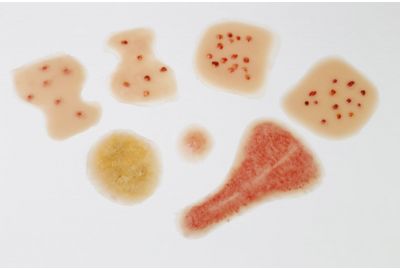 Newborn Skin/Rash Wound Kit (WK160)WK160Learn More
Newborn Skin/Rash Wound Kit (WK160)WK160Learn MoreThe Newborn Skin / Rash Wound Kit simulates common newborn skin conditions, including bumps, rashes, patches, and scales. This wound kit can be used with many Gaumard® newborn simulators to add realism to newborn care scenarios and ensure participants practice and hone clinical skills needed to diagnose and provide care for harmless and alarming conditions.
-
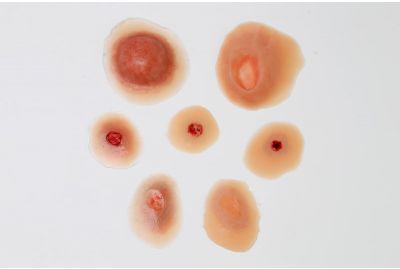 Newborn Trauma/Abuse Wound Kit (WK165)WK165Learn More
Newborn Trauma/Abuse Wound Kit (WK165)WK165Learn MoreThe Newborn Trauma and Abuse Wound Kit helps students practice how to identify and evaluate suspected child abuse and neglect victims. These wounds can be used with a variety of Gaumard® newborn simulators and placed in multiple locations on the body to help participants develop the skills needed to assess, identify, and provide care for accidental and non-accidental trauma.
-
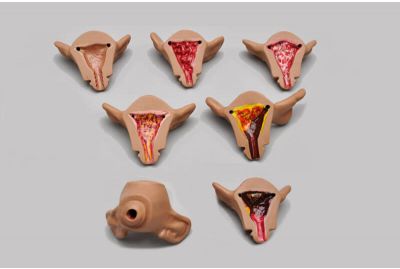 Uteri with Normal and Abnormal Internal Pathologies Package (S504.2)S504.2.PKLearn MoreThe Uteri with Normal and Abnormal Internal Pathologies Package is a set of seven uteri with internal pathologies to help participants practice and develop gynecologic skills. Each lifelike uteri allows for a hysteroscopic view of the pathologies so participants can practice diagnosing and identifying a variety of obstetric conditions. The uteri feature a patented "screw" design.
Uteri with Normal and Abnormal Internal Pathologies Package (S504.2)S504.2.PKLearn MoreThe Uteri with Normal and Abnormal Internal Pathologies Package is a set of seven uteri with internal pathologies to help participants practice and develop gynecologic skills. Each lifelike uteri allows for a hysteroscopic view of the pathologies so participants can practice diagnosing and identifying a variety of obstetric conditions. The uteri feature a patented "screw" design. -
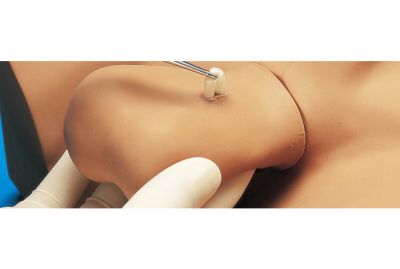 No-Scalpel Vasectomy Skills Trainer (S518)S518.PKLearn MoreThe No-Scalpel Vasectomy Skills Trainer is a compact simulator developed to assist in learning a new method of vas occlusion. To provide realism, the leg stumps are designed to "get in the way" of the student as the procedure is mastered.
No-Scalpel Vasectomy Skills Trainer (S518)S518.PKLearn MoreThe No-Scalpel Vasectomy Skills Trainer is a compact simulator developed to assist in learning a new method of vas occlusion. To provide realism, the leg stumps are designed to "get in the way" of the student as the procedure is mastered. -
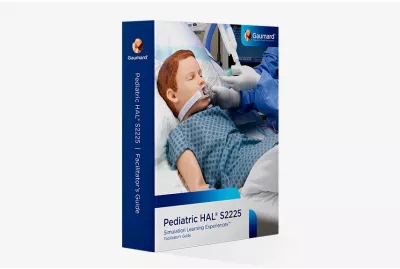 Pediatric HAL® SLE Facilitator’s Guide11120146CLearn More
Pediatric HAL® SLE Facilitator’s Guide11120146CLearn MoreThe Pediatric HAL® Advanced Pediatric Patient Simulation Learning Experiences™ (SLEs) Facilitator's Guide is a comprehensive resource for planning, setting up, and facilitating scenarios with Pediatric HAL® S2225. The guide makes it easier to consistently create immersive patient care environments and facilitate pediatric care training sessions.
Compatible with Pediatric HAL® S2225. -
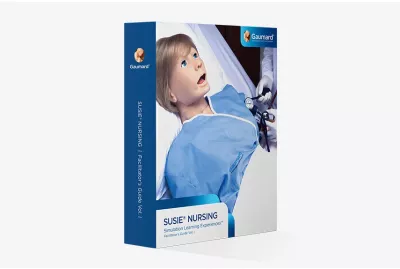 SUSIE® Nursing SLE Facilitator’s Guide VOL. 111120150DLearn MoreThe SUSIE® Nursing Simulation Learning Experiences™ (SLEs) Facilitator’s Guide Vol. 1 is a comprehensive resource for planning, setting up, and facilitating scenarios with SUSIE®. The Facilitator’s Guide makes it easier to consistently create immersive patient care environments and facilitate training sessions.
SUSIE® Nursing SLE Facilitator’s Guide VOL. 111120150DLearn MoreThe SUSIE® Nursing Simulation Learning Experiences™ (SLEs) Facilitator’s Guide Vol. 1 is a comprehensive resource for planning, setting up, and facilitating scenarios with SUSIE®. The Facilitator’s Guide makes it easier to consistently create immersive patient care environments and facilitate training sessions.
Compatible with the following SUSIE® models: S1001 and S901. -
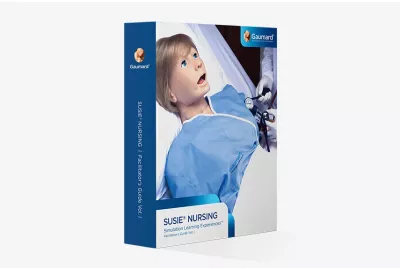 SUSIE® Nursing SLE Facilitator’s Guide VOL. 211120151DLearn MoreThe SUSIE® Nursing Simulation Learning Experiences™ (SLEs) Facilitator’s Guide Vol. 2 is a comprehensive resource for planning, setting up, and facilitating advanced nursing scenarios with SUSIE®. The Facilitator’s Guide makes it easier to consistently create immersive patient care environments and facilitate training sessions.
SUSIE® Nursing SLE Facilitator’s Guide VOL. 211120151DLearn MoreThe SUSIE® Nursing Simulation Learning Experiences™ (SLEs) Facilitator’s Guide Vol. 2 is a comprehensive resource for planning, setting up, and facilitating advanced nursing scenarios with SUSIE®. The Facilitator’s Guide makes it easier to consistently create immersive patient care environments and facilitate training sessions.
Compatible with the following SUSIE® models: S2000. -
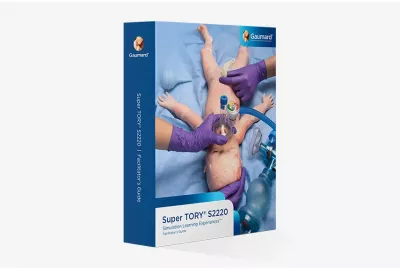 Super TORY® Neonatal Care SLE Facilitator’s Guide11120156CLearn More
Super TORY® Neonatal Care SLE Facilitator’s Guide11120156CLearn MoreThe Super TORY® Neonatal Care Simulation Learning Experiences™ (SLEs) Facilitator’s Guide is a comprehensive resource for planning, setting up, and facilitating scenarios with Super TORY® S2220. The Facilitator’s Guide makes it easier to consistently create immersive newborn patient care environments and facilitate training sessions.
-
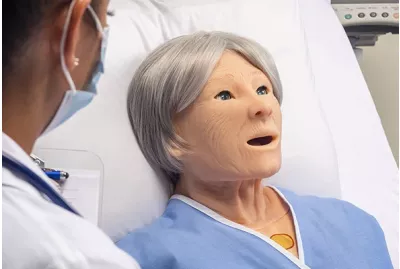 SUSIE®/CHLOE™ Geriatric Face Appearance Accessory30081260ALearn More
SUSIE®/CHLOE™ Geriatric Face Appearance Accessory30081260ALearn MoreThe geriatric face skin accessory is designed to expand the breadth of the learners’ experiences and aid educators in teaching patient-centric assessment and care skills. Easily and quickly convert SUSIE’s face and hair to that of an elderly patient for geriatric scenario-based simulations and skill training exercises. The package includes a removable geriatric face skin and a removable wig.
-
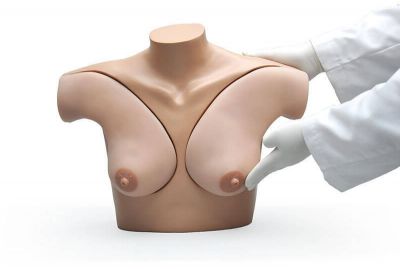 S230.52.853L Left Breast for S230.52 Breast Examination Skills TrainerS230.52.853LLearn MoreThe S230.52.853L Left Breast is compatible with the S230.40, S230.52, and S230.42 breast examination training torsos to help participants practice and develop essential clinical examination skills. The left breast permits ultrasound identification of cysts versus dense masses.
S230.52.853L Left Breast for S230.52 Breast Examination Skills TrainerS230.52.853LLearn MoreThe S230.52.853L Left Breast is compatible with the S230.40, S230.52, and S230.42 breast examination training torsos to help participants practice and develop essential clinical examination skills. The left breast permits ultrasound identification of cysts versus dense masses.
